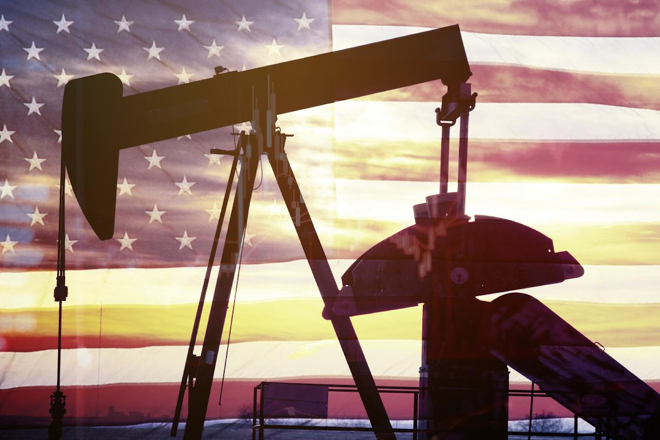Advertisement
Advertisement
No Tap to Turn for More Crude Oil
By:
How come it is so difficult to increase oil production?
Supply side problems
On 22 June 2022, Crude Oil WTI Futures retreated to $104 a barrel – a month-low. But with all things considered, the first half of 2022 still saw oil prices climbing from around $70 to a high of $122 – which is roughly a 70% increase. Due to high oil prices, fuels and transportation costs are higher, so is the general price level.
When Russia is being sanctioned by the US and European countries, they have to seek new sources for crude oil. Naturally, they have turned to OPEC+, the Organization of the Petroleum Exporting Countries, asking its members to increase production. However, there were only negligible changes in total quantity produced in the months passed.
How come it is so difficult to increase oil production? In order to answer this question, one must have a basic understanding of the oil industry. Oil producers come in all shapes and sizes, from nationally owned enterprises (National Iranian Oil Company), multinational corporations (ExxonMobil), to small-sized private companies.
99 problems for oil producers
Nationally owned enterprises primarily follow the nation’s interest, which goes further than basic financial gains, geopolitics and diplomatic relations played significant roles in their business decisions. The blatantly obvious example would be Russia and Iran, though they have a developed production system with huge production rates, clashing political interest dissuades the west from trading with oil companies in both nations.
Although multinational corporations do not have to answer to any government in particular, they still have to work for the shareholder’s (or investor’s) interests. Since the oil crash in 2015, oil companies have been suffering deficits, increasing production also translates to higher operating costs, such as hiring more workers, purchasing and maintaining new machines etc.
Even for oil giants like ExxonMobil, a major decline in oil prices can easily cancel out the revenue brought by hiking production. As a result, major private oil companies became more prudent in expanding their production.
As for small-sized oil producers, their concerns and hardships are often greater than the larger companies mentioned above. A smaller size greatly increases risks, e.g. a hurricane might completely destroy the only oil facility, ceasing the sole source of income.
Moreover, the oil industry in general suffers from labor shortage, companies were unable to re-hire workers laid off in the 2015 oil crash, long hours and harsh conditions do not make a welcoming recruiting message. When it comes to smaller producers, a single worker can make a huge difference.
Other than labor shortage, all oil producers also faced shortage in equipment parts, which in turn diminished maximum production capabilities. The functional spare machines were often dismantled for repairing those that are currently in use, recent supply shocks have limited the availability of new parts and pushed up prices. Over time, fewer operational machines produce less oil.
Even if all the previous issues are addressed, it takes time to train new workers, repair idle oil wells and machines, requiring several months to pump barrels of oil again. Although it is considerably faster than exploring and drilling at a new source. In short, oil producers lacked the proper motivation and resources to increase production. When it comes to response time, the supply side is not as nimble as the demand side. Check the latest crude oil price here.
About the Author
Lucia Hancontributor
Lucia has graduated from Lincoln University in 2018, then she became an equity research associate at Renner Capital Partners which is a long-short equity fund in Dallas.
Advertisement
